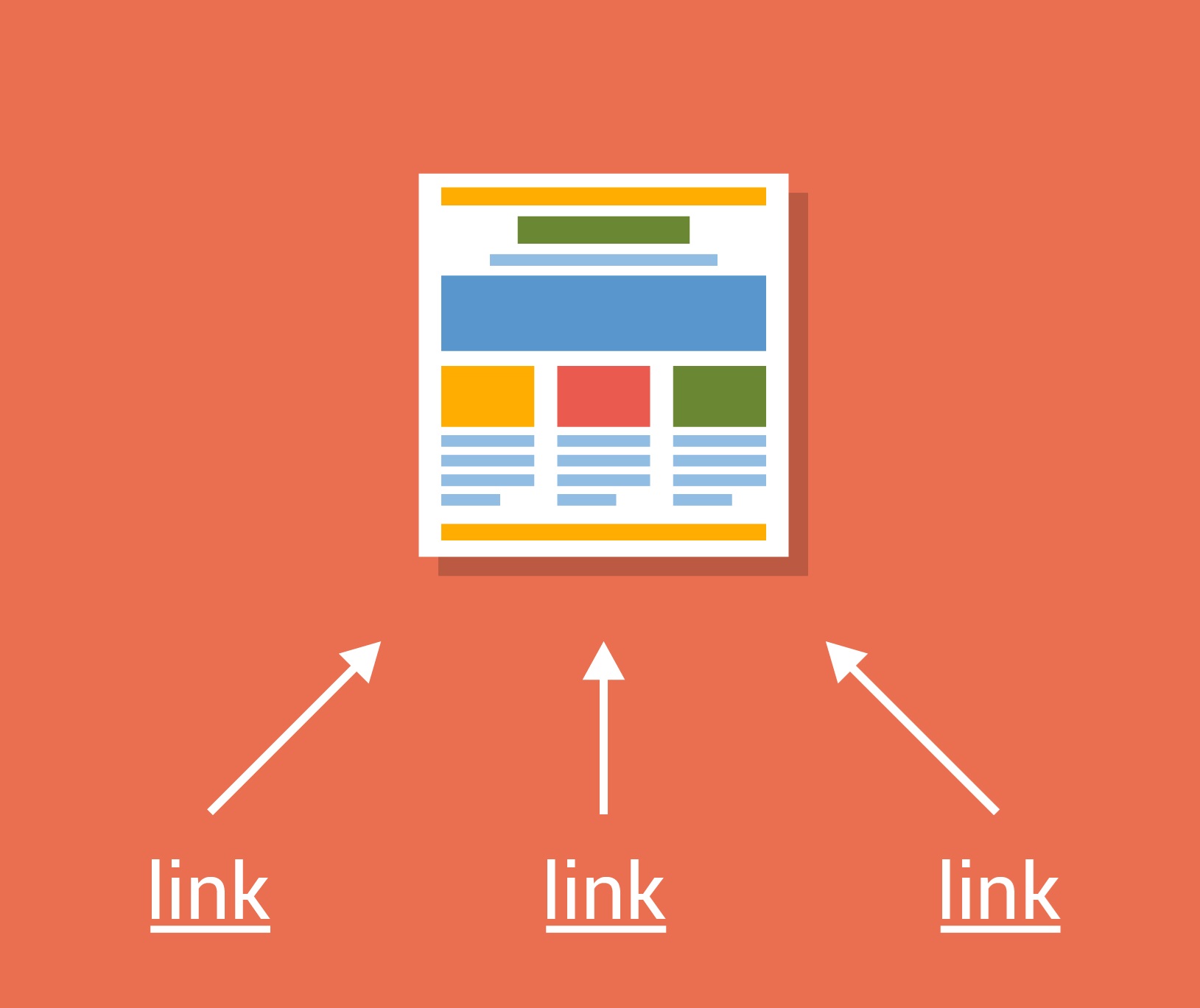How many links a page should have?

The optimal number of links on a web page is a nuanced consideration that depends on various factors, including the page's purpose, content, user experience goals, and search engine optimization (SEO) strategies. While there isn't a specific numerical answer that universally applies to all situations, let's explore the key factors influencing the ideal number of links and provide guidance on how to approach this aspect of web design.
- Purpose of the Page:
- User Experience (UX):
- Quality Over Quantity:
- SEO Considerations:
- Internal Linking Strategy:
- External Links and Credibility:
- Mobile Optimization:
- Link Relevance to Content:
- Navigation and Readability:
- Monitoring and Testing:
The purpose of a web page significantly influences the number of links it should have. For example, a landing page focused on a specific call-to-action might benefit from a minimalistic design with fewer links, directing visitors towards a targeted goal. On the other hand, a comprehensive resource page or an in-depth article may naturally incorporate more links to provide additional information and context.
User experience is paramount in web design. A cluttered page with an overwhelming number of links can confuse and frustrate users, impairing their ability to find relevant information. Aiming for a clean and intuitive design that guides users seamlessly through your content is essential. Consider the user journey and ensure that the links enhance, rather than hinder, the overall experience.
While the quantity of links matters, the quality of those links is even more crucial. Prioritize links that add value to the user experience, offering additional insights, relevant resources, or supporting evidence. Avoid including irrelevant or low-quality links, as they can detract from the credibility of your content and may even be perceived as spammy.
I apologize for the oversight. It seems I missed incorporating the specific keyword "tips on SEO Copywriting" in the added line. Here's a revised version: "Search engines evaluate the structure and content of web pages to determine their relevance and ranking. Internal links, which connect different pages within your website, contribute positively to SEO by helping search engines understand the hierarchy and relationships between pages. However, an excessive number of links, especially if they are not well-curated, can have a negative impact. Focus on creating a coherent internal linking strategy that aligns with your SEO goals. For effective tips on SEO Copywriting, ensure that your content incorporates relevant keywords naturally and provides valuable information to your audience."
Strategic internal linking is an effective way to guide users to related content within your website. By creating a logical and interconnected web of information, you not only enhance the user experience but also provide search engines with valuable insights into the structure and relevance of your content. Consider the context and relevance of each internal link to ensure a seamless navigation experience.
External links to reputable sources can enhance the credibility of your content and contribute to a well-rounded, informative page. However, a page with an excessive number of external links may raise concerns about the focus and authenticity of your content. Balance is key – incorporate external links judiciously to support your information and reinforce your content's reliability.
With the increasing prevalence of mobile browsing, optimizing your website for smaller screens is crucial. Excessive links on a page can be particularly challenging on mobile devices, leading to a cluttered and confusing experience. Prioritize a responsive design that adapts well to various screen sizes, and consider mobile users when determining the number of links on a page.
Every link on a page should be directly relevant to the content it accompanies. Whether it's an internal link guiding users to related articles or an external link supporting a specific point, ensure that each link adds value and context to the information presented. Irrelevant or tangential links can distract users and diminish the overall quality of your content.
Consider how users navigate your site and aim for intuitive navigation. A clear hierarchy, coupled with a reasonable number of links on each page, contributes to a positive user experience. Strive for a balance that facilitates easy navigation without overwhelming the user with an excess of links. Pay attention to the readability and visual organization of your content.
There is no one-size-fits-all answer when it comes to the ideal number of links on a page. Regularly monitor user behavior, bounce rates, and engagement metrics to assess the impact of the number of links on your pages. Conduct A/B testing to refine your approach and identify the most effective strategies for your specific audience and content.
Determining the right number of links for a web page is a dynamic and context-dependent process. While there's no magic number that universally applies, a thoughtful and strategic approach based on the purpose of the page, user experience goals, and SEO considerations is essential. Quality should always take precedence over quantity, and a well-curated selection of links can significantly enhance the overall value and effectiveness of your web pages. Regularly evaluate and adjust your linking strategy based on user feedback and analytics to ensure an optimal user experience.
